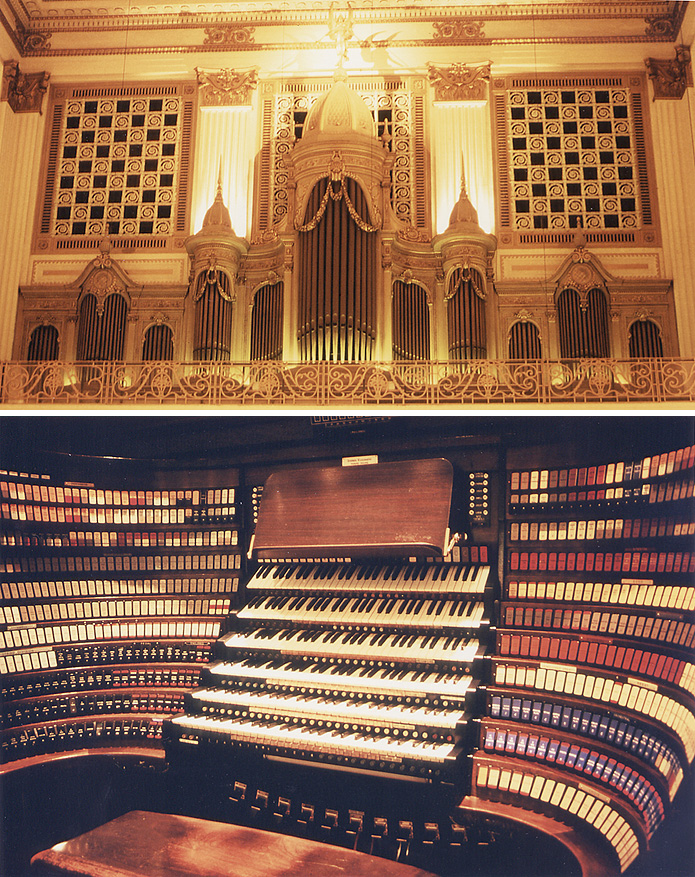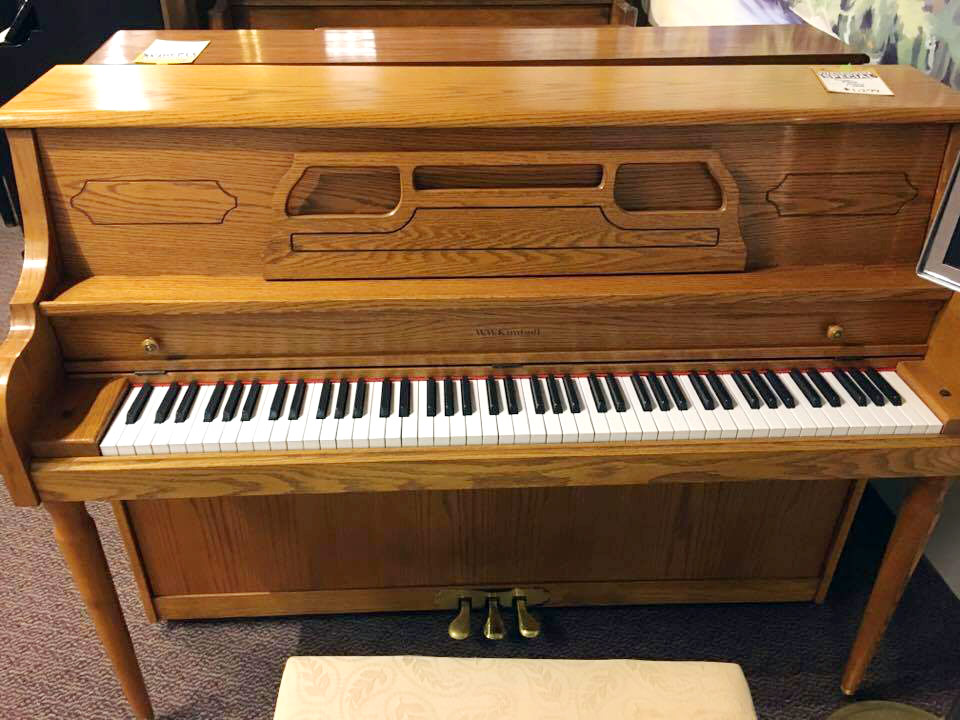

Mohr noted that the organ had an oak case with 31 front pipes in gold, and that the console had a mahogany interior.
Kimball organ database manual#
standard" compasses of 61 manual keys and 30 pedal keys, although the extra treble pipes of each rank were not added.

Kimball also replaced or rebuilt the console with "A.G.O. Kimball Company who installed tubular-pneumatic action and new pneumatic chests. Mohr indicated that the organ was rebuilt in 1905 by the W.W. Mohr & Co., a longtime organ service firm in the area. The specification for this organ is from the files of Louis F. Ludlow & Valentine designed the neo-Gothic edifice that was built from 1904-05. In 1905, the congregation relocated uptown to West End Avenue midblock between 106th and 107th Streets. Reed also incorporated a Sunday school and parsonage into his design. The church could accomodate 1000 people in the square, column-free auditorium. Reed, the Gothic-style edifice was faced with Kentucky limestone and had an eighty-foot tower topped by an eighty-foot spire.

A small portion of the churchyard and the burial ground were left.įifteen years later, the congregation was reorganized and a new church was built from 1884-85 on the old site, by that time known as the northeast corner of 68th Street and the Boulevard. This building served for over a half-century until it was razed in 1869 when Bloomingdale Road was widened to form the Boulevard (known today as Broadway). From 1814-16, the congregation built a new steepled church with a churchyard and cemetery. In 1806, the society was incorporated as the Reformed Church of Harsenville, and was more familiarly known as Bloomingdale Reformed Church. At the time, yellow fever had broken out in the city below, and many residents wished to hold services in this safer location. The Bloomingdale Reformed Dutch Church was founded in 1805 by Jacob Harsen and his neighbors in Harsenville, the area known today as Lincoln Square. West 68th Street and the Boulevard (1885-1905)


 0 kommentar(er)
0 kommentar(er)
